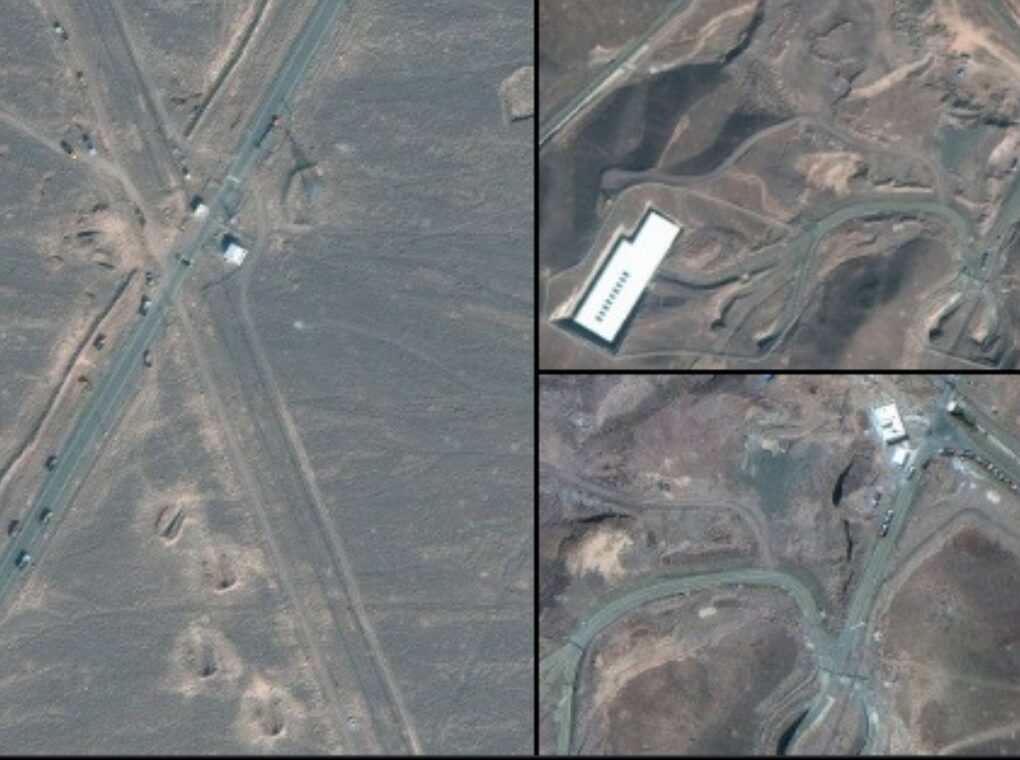In a major development that could reshape the narrative around the recent U.S. strikes on Iran, new satellite imagery from Maxar Technologies reveals a significant uptick in activity at Iran’s Fordow nuclear facility just days before the attack.
According to imagery analyzed between June 19 and 20, 2025, at least 16 trucks, some with heavy machinery, were seen gathered near the main tunnel entrance to the deeply buried facility. U.S. intelligence sources and a Reuters report now confirm that a large quantity of highly enriched uranium was likely transferred to an undisclosed location shortly before American B-2 stealth bombers launched precision strikes on Fordow, Natanz, and Esfahan.
The revelation raises critical questions about the actual damage inflicted on Iran’s nuclear program and suggests that Iran may have anticipated or detected the impending strike, moving critical material out of harm’s way.
A Calculated Move?
Fordow is one of Iran’s most fortified sites, built deep inside a mountain and previously considered almost immune to conventional airstrikes. However, on June 21, the U.S. deployed B-2 bombers armed with GBU-57 “bunker buster” bombs, designed to penetrate reinforced underground facilities.
While President Donald Trump hailed the operation as a “spectacular military success” and claimed the nuclear site had been “completely and totally obliterated,” the early logistics shuffle suggests Iran may have succeeded in preserving a significant portion of its nuclear stockpile.
“This wasn’t just routine movement,” one intelligence analyst stated. “The timing, volume, and type of vehicles seen suggest a strategic evacuation of sensitive materials.”
Implications: Iran’s Program May Persist
Despite the physical damage to the Fordow facility, experts warn that Iran’s nuclear program is far from over. “The movement of enriched uranium means the program can resume elsewhere,” said a former IAEA inspector. “It’s a setback, not a death blow.”
Iran has not officially commented on the satellite imagery, but in a statement issued after the strike, Tehran vowed that its nuclear ambitions “will not end.”
This comes amid soaring regional tensions. Iran has threatened to close the Strait of Hormuz, a vital oil transit route, in response to the strikes—a move that could endanger nearly 20% of global oil supplies.
What’s Next?
The U.S. and its allies remain on high alert, and the Pentagon has not ruled out further action. The presence of American carrier groups in the Gulf underscores the seriousness with which Washington views the situation.
However, if Iran successfully preserved its uranium stockpile, it may seek to rapidly rebuild its enrichment capabilities, potentially setting the stage for a prolonged standoff between Tehran and Western powers.
